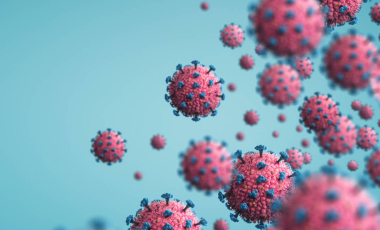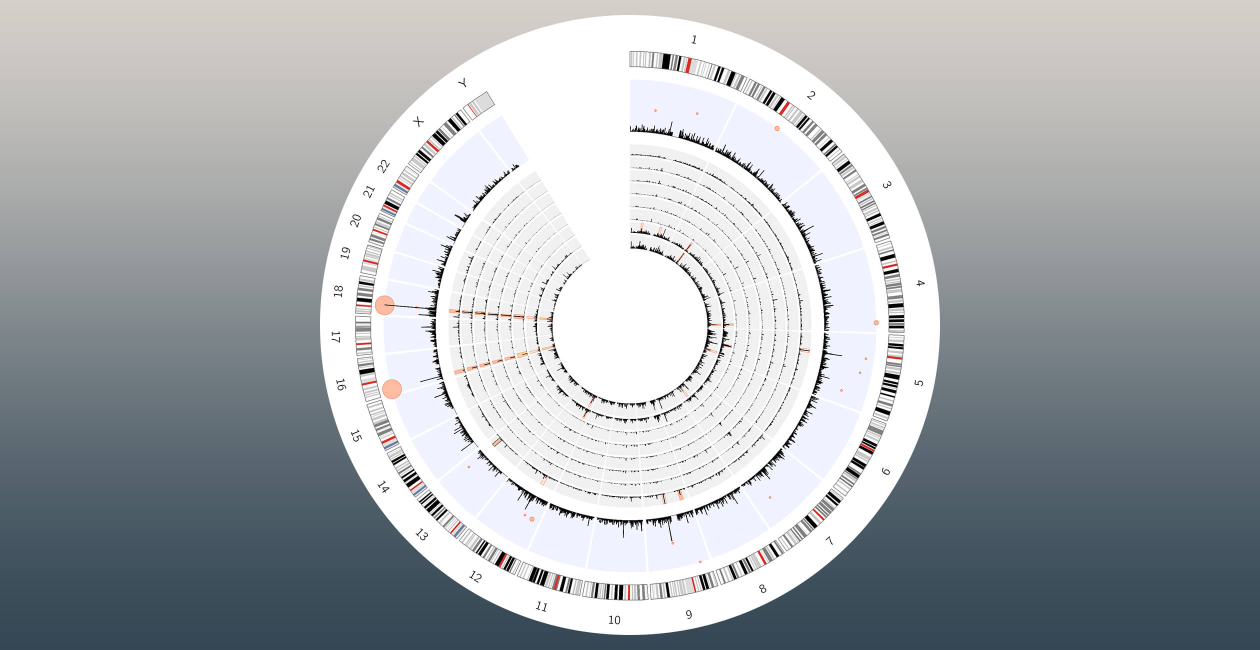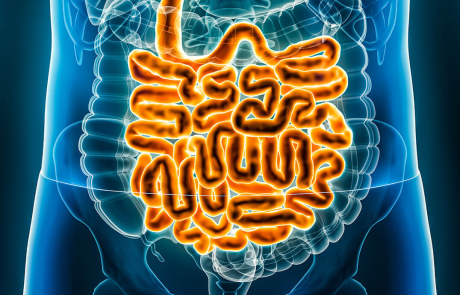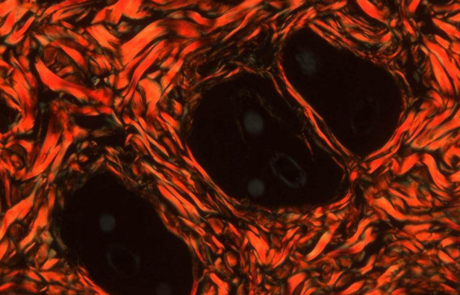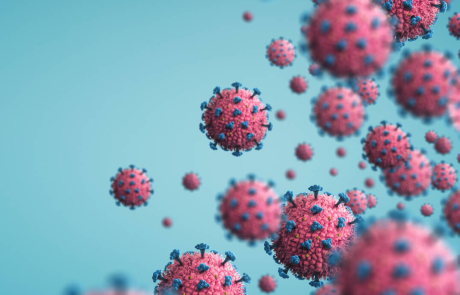The immune system provides us with many layers of defense against infection by bacteria, viruses, and other microbes. These range from highly specialized ‘adaptive’ immune responses, which include antibodies to killer T cells that recognize specific microbial components through ‘innate’ immune mechanisms that are designed to react to macromolecules shared by many microbes, to barrier mechanisms, which physically prevent infection in the skin, lung, gut, and other mucosal surfaces.
The Lacy-Hulbert lab works to understand how these different aspects of the immune system cooperate to identify and combat potentially infectious organisms while preventing immune attack against innocuous microbes or the body’s own self.
Work in the laboratory has been funded by the National Institutes of Health, Department of Defense, Crohn’s and Colitis Foundation of America, Wellcome Trust, Lupus Research Alliance, Heidner Foundatrion and the Seattle Foundation.

Adam Lacy-Hulbert, PhD
Lab Members

Kayla Fasano

Caitlyn Kwong

Jane Madden

Kelsey Mauk, PhD

Eleni Phung

Saori Sakaue, MD, PhD

Caroline Stefani, PhD
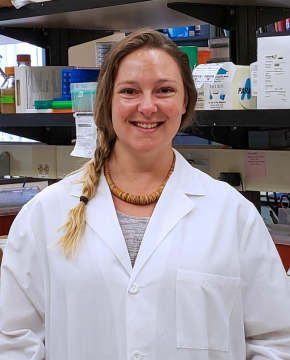
Lauren Vandepas, PhD

Anna Yoshida

Cheng Zhao, PhD
Research Projects
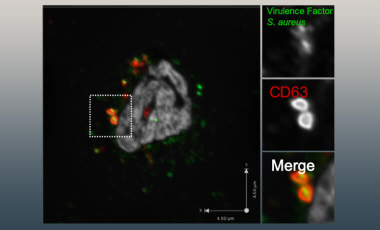
Distinguishing Pathogens from Self
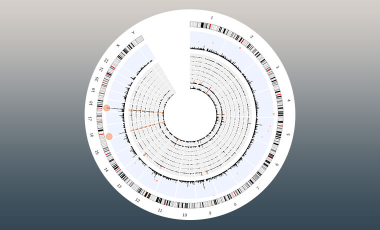
Forward Genetics To Identify New Mechanisms In Immunity And Host Defense
Regulation Of Immune Responses
